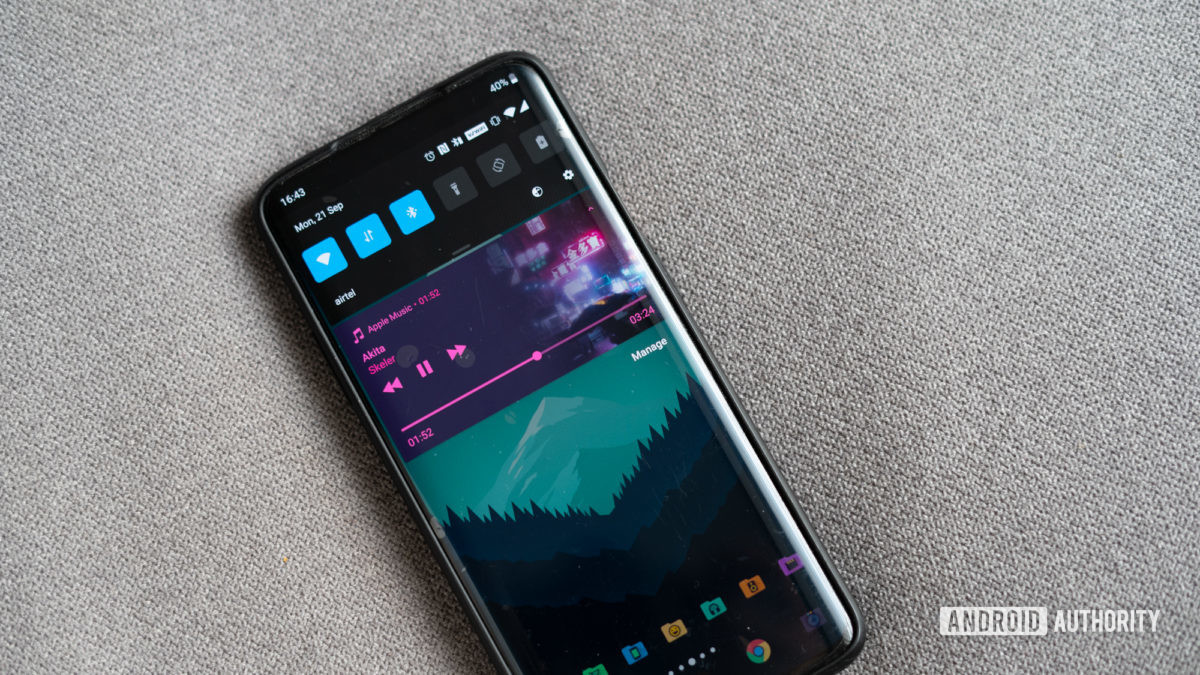
After years of hosting compressed, lossy audio formats, music streaming services have embraced the potential of lossless audio. With this, music fans can expect a superior, high-quality listening experience. But does streaming lossless music justify the cost to your data allowance? Can you even really notice the difference? Well, I really wanted to find out. So let’s discuss which streaming platforms offer the service, and how my own experience of playing normal and lossless audio used (and abused) my data allowance.
When we talk about lossless music, we’re referring to an audio file that doesn’t lose any of its original quality when uncompressed. This is in contrast to lossy audio, which has its file size slashed by cutting out practically inaudible bits of data. Although there’s often no perceivable difference in quality, cheaper or free subscription-based streaming platforms often use lossy bit-rates as low as 96kbps. This is where some would argue that regular streaming leads to a lower-quality listening experience compared to lossless audio. Through a pair of decent headphones, you might just hear the difference.
A potential recipe for disaster proved to be the focus of every data executive’s agenda over the last year. A […]
Are you looking for a good smartwatch? Our list of the best smartwatches has amazing options, but maybe some of […]
The recent update to CrowdStrike Falcon sensor software has caused widespread issues, leading to the infamous BSOD “blue screen of […]